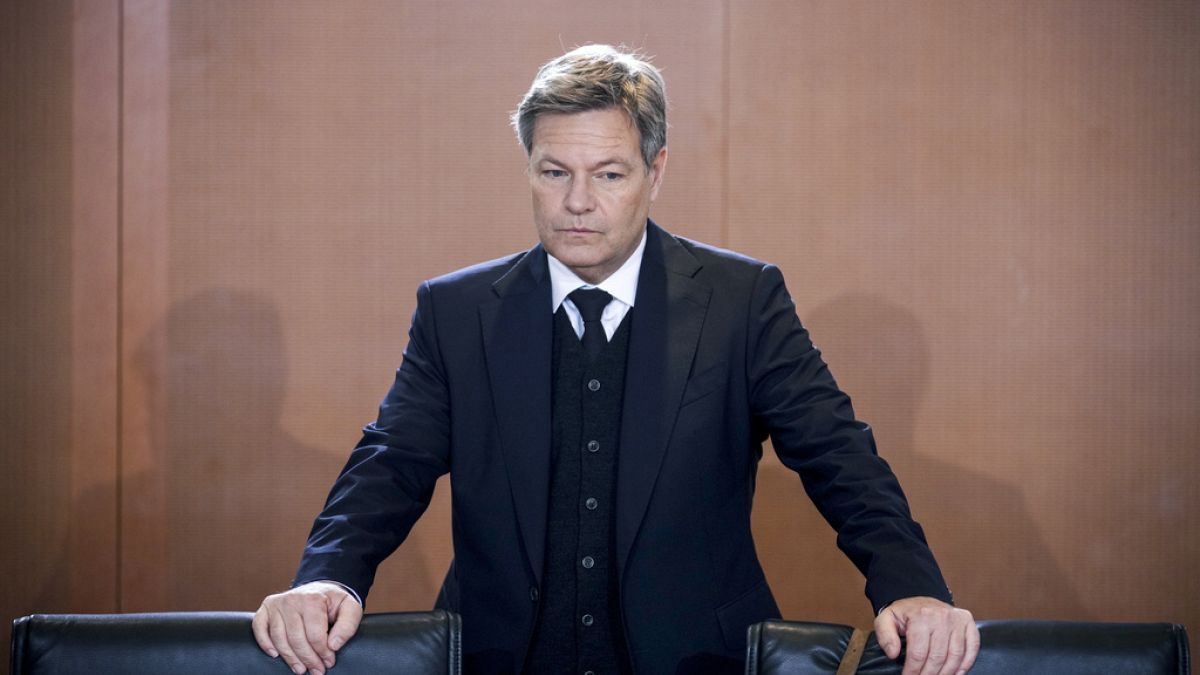

Germany's economy is grappling with significant challenges, as the government has revised its 2025 economic growth forecast down to 0.3%, a sharp decline from the previous estimate of 1.1% made in October 2024. This adjustment follows a contraction of 0.2% in 2024 and 0.3% in 2023, marking a troubling trend of no meaningful economic growth over the past four years [2963ef7c].
Economy Minister Robert Habeck stated that Germany is 'stuck in stagnation,' attributing this bleak outlook to persistent structural issues, including a shortage of skilled labor and bureaucratic hurdles that hinder investment. Additionally, uncertainty surrounding U.S. trade policies, particularly potential tariff increases under President Donald Trump, has further dampened investment sentiment [2963ef7c].
The upcoming early parliamentary election on February 23, 2025, adds to the economic uncertainty, following the collapse of Chancellor Olaf Scholz's coalition government in November 2024. This political instability is expected to impact economic decision-making and investor confidence [2963ef7c].
In light of these challenges, the Federation of German Industries has warned of a potential further contraction of 0.1% for the current year, criticizing previous governments for failing to implement necessary reforms and investments that could have bolstered the economy [2963ef7c].
The International Monetary Fund (IMF) had previously revised its growth forecast for Germany in 2025 to 0.8%, but the latest data indicates a more severe downturn. The IMF's concerns are compounded by the ongoing snap election and the potential ramifications of U.S. trade policies on Germany's economic landscape [52e5068d].
Industrial output has plummeted by 3% year on year, while the services sector has managed only a modest growth of 0.8%. Consumer sentiment remains low, with the consumer sentiment index at minus 21.3 points, and unemployment has risen to 6%, reflecting the broader economic malaise [52e5068d].
In response to these economic challenges, Habeck has proposed a debt-financed investment fund aimed at revitalizing the economy. This initiative, known as the 'Germany Fund,' is intended to modernize infrastructure and provide a 10% investment premium for companies, particularly benefiting small and medium-sized enterprises [52e5068d].
The Ifo Institute has downgraded its growth outlook to zero for 2024, citing low investment, declining productivity, and an aging population as contributing factors. The manufacturing sector, a vital part of the German economy, has faced substantial declines, with industrial production contracting by 16% since 2017 [52e5068d].
As these economic challenges unfold, the focus will shift to how they influence future monetary policy decisions by the European Central Bank (ECB) and the potential for interest rate adjustments in response to the differing economic conditions across member states. Despite the current challenges, Brzeski predicts a slight improvement in the Ifo indicator by year-end, suggesting that there may be some hope for recovery [52e5068d].